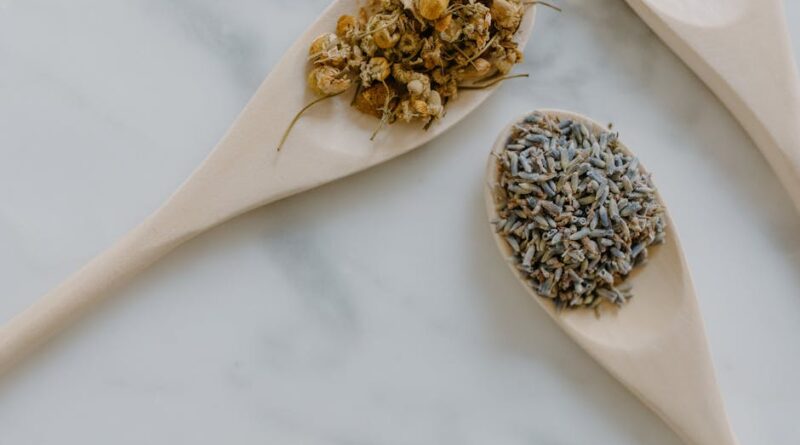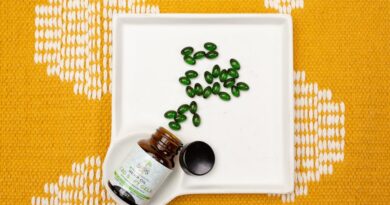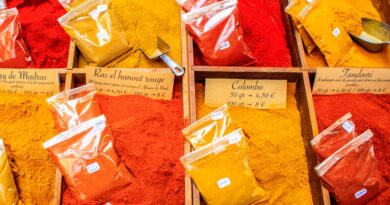How to Make Herbal Teas for Pain Relief
Are you looking for a natural way to alleviate pain without relying on over-the-counter medications? Herbal teas have been used for centuries as a gentle and effective remedy for various ailments, including pain relief. In this comprehensive guide, we will explore the world of herbal teas and how they can help in managing pain. From the best herbs to use to the proper preparation techniques, we will cover everything you need to know to create your own soothing and healing herbal teas. Let’s dive into the fascinating realm of herbal remedies and discover the power of nature’s healing plants.
The Power of Herbal Teas
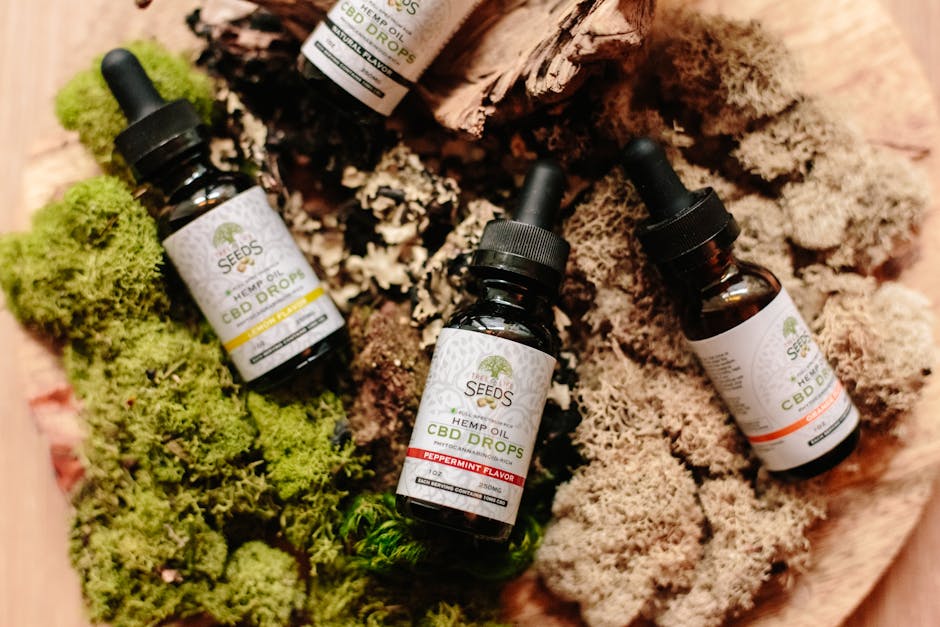
Herbal teas, also known as tisanes, are beverages made by infusing dried herbs, flowers, roots, or other plant materials in hot water. These teas are not only delicious and refreshing but also offer a wide range of health benefits, including pain relief. Unlike conventional medications, herbal teas are natural, gentle on the body, and often free from side effects. By harnessing the healing properties of plants, you can create potent remedies that can help alleviate various types of pain, from headaches to muscle soreness.
The Best Herbs for Pain Relief

When it comes to making herbal teas for pain relief, the choice of herbs is crucial. Different herbs contain unique compounds that can target specific types of pain and inflammation. Here are some of the best herbs to consider for creating pain-relieving teas:
1. Ginger
Ginger is a potent anti-inflammatory herb that can help reduce pain and swelling. It is particularly effective in easing muscle soreness, arthritis pain, and menstrual cramps. To make a soothing ginger tea, simply steep fresh ginger slices or dried ginger powder in hot water for 10-15 minutes.
2. Turmeric
Known for its powerful anti-inflammatory properties, turmeric is a popular herb for pain relief. Curcumin, the active compound in turmeric, has been shown to reduce pain and inflammation in conditions such as arthritis and migraines. You can create a golden turmeric tea by simmering turmeric powder in milk or water with a pinch of black pepper for better absorption.
3. Chamomile
Chamomile is a gentle herb known for its calming and pain-relieving effects. It is often used to alleviate headaches, menstrual cramps, and nerve pain. Brew dried chamomile flowers in hot water for a fragrant and soothing tea that can help relax both the body and mind.
4. Peppermint
Peppermint is a refreshing herb that can help relieve headaches, muscle aches, and digestive pain. Its cooling properties can provide instant relief when brewed into a hot or cold tea. Simply steep fresh or dried peppermint leaves in boiling water for a minty and invigorating drink.
5. Lavender
Lavender is not just a delightful scent but also a powerful herb for pain relief. It is commonly used to ease tension headaches, migraines, and muscle tension. Steep dried lavender flowers in hot water for a calming and aromatic tea that can help soothe both the body and soul.
Preparing Herbal Teas for Pain Relief
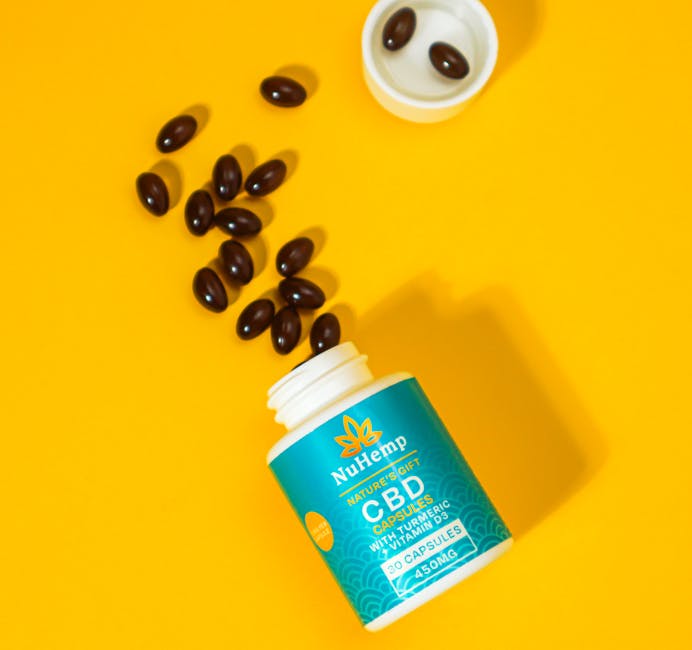
Now that you have chosen your herbs, it’s time to prepare your pain-relieving herbal teas. Here are some simple steps to ensure you get the most out of your herbal remedies:
1. Choose High-Quality Herbs
For the best results, opt for organic, dried herbs from reputable sources. This ensures that you are getting the highest quality herbs without any pesticides or contaminants.
2. Use the Right Ratio
The ratio of herbs to water is essential in creating a potent herbal tea. As a general rule, use one to two teaspoons of dried herbs per cup of water. Adjust the amount based on your preference for a stronger or milder brew.
3. Infuse Properly
To extract the maximum benefits from your herbs, steep them in hot water for the recommended time. Different herbs require different steeping times, so be sure to follow the instructions for each herb carefully.
4. Strain and Serve
Once your herbal tea is ready, strain out the herbs using a fine-mesh strainer or a tea infuser. You can sweeten your tea with honey, lemon, or stevia for added flavor and health benefits.
Expert Opinions
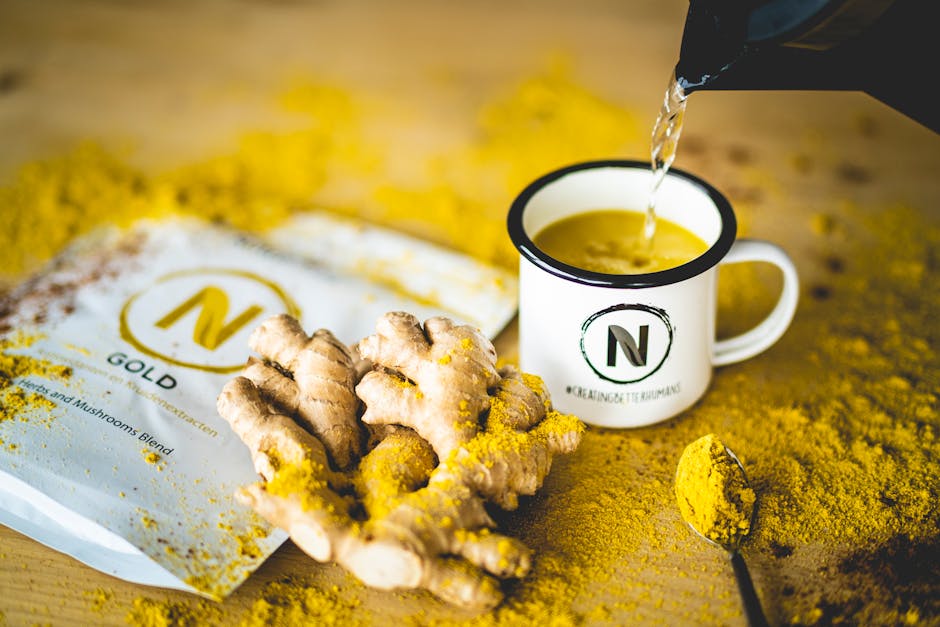
According to renowned herbalist Rosemary Gladstar, “Herbal teas are a gentle and effective way to ease pain and discomfort without the harsh side effects of pharmaceutical drugs. By incorporating healing herbs into your daily routine, you can support your body’s natural ability to heal and thrive.”
Common Misconceptions
There is a common misconception that herbal teas are not as potent as conventional medications when it comes to pain relief. However, many herbs contain powerful compounds that can rival the effectiveness of pharmaceutical drugs without the risk of adverse reactions.
FAQs
Q: Can herbal teas interact with medications?
A: While herbal teas are generally safe, some herbs may interact with certain medications. It is essential to consult with a healthcare provider before incorporating herbal teas into your treatment plan, especially if you are taking prescription medications.
Q: How long does it take for herbal teas to alleviate pain?
A: The time it takes for herbal teas to relieve pain varies depending on the type of pain and the individual’s response to the herbs. Some people may experience immediate relief, while others may need to consume herbal teas regularly for lasting benefits.
To Wrap Things Up
In conclusion, herbal teas are a natural and effective way to manage pain without the use of conventional medications. By selecting the right herbs and preparing them correctly, you can create soothing and healing teas that can help alleviate various types of pain. Whether you are dealing with headaches, muscle aches, or chronic pain conditions, herbal teas offer a gentle and holistic approach to pain relief. Embrace the power of nature’s healing plants and discover the magic of herbal teas for a healthier and happier life.

